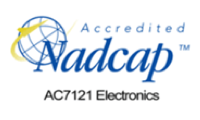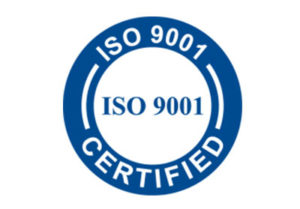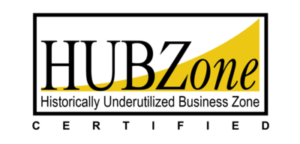Industry predictions indicate that manufacturing will grow faster than the general economy*. Growth in areas such as global aircraft manufacturing is projected to spike from the less than 4% rise seen from 2013-2017 to nearly 9.5% from 2017 until 2021. These high manufacturing expectations are bound to cause an increase in production needs for OEMs. But how do you best scale up production without falling victim to overspending on inventory or finding yourself unable to fill orders due to long lead-times and or lack of capacity?
Share forecast data with suppliers
Although upcoming demand is never entirely predictable, ordering and building to a forecast rather than an immediate need can prepare OEMs for scaling up production while avoiding fulfillment pitfalls. Use of estimated annual usages (EAU’s) based on forecasts can also lower costs by allowing suppliers to achieve volume driven cost reductions.
Use of a Pull System or a VMI (vendor-managed inventory) approach can be a cost-effective, scalable way to manage demand variations. OEMs can avoid the bullwhip effect by placing buffer inventory at the outsourcing level. With VMI, inventory can be ordered and shipped to a 3PL (third-party logistics) provider. They then maintain the inventory in either an on-site or neighboring warehouse, and the ownership of these parts falls to the outsourcer until the inventory is consumed.
When OEMs pair with vendors who already practice an effective long-term inventory strategy using buffer stock, production can be scaled up smoothly and successfully. These partnerships can have a positive impact as long as vendors are aligned with expectations and resources OEMs need.
Have the Supplier “Move Up the Bill of Material”
One of the fastest ways to increase both production and procurement capacity is to outsource more value-added work to suppliers. Instead of buying several cable assemblies for example, consider buying the entire assembly that the cables go into. This can mean buying and managing one part number instead of potentially dozens or more. Not only are production and overhead hours freed up to provide additional capacity for the OEM, an immediate cost reduction is often realized as a result of the supplier’s lower cost structure.
Find the right supplier partner
The key to a successful partnership is finding the right supplier that can help set you up for scaling success.
Scaling up production means you need a supplier who practices zero defect lean manufacturing and has both the equipment and expertise to maximize the potential of automation. OEMs should look for a supplier who can automate processes such as cutting, stripping, and crimping, as assembly aids and 3D fixtures that perform these tasks reduce build times and ensure consistent quality. Cross-sectioning equipment and software such as Crimp Micrograph Systems enable manufacturers to guarantee accuracy and speed.
Another quality an ideal outsourcing partner should have is the capability to produce work through multiple shifts. Suppliers that offer a variety of shift work for their employees allows for increased production levels to support demand and shifting deadlines.
This flexibility, along with robust quality processes and the redundancy of key equipment and facilities, allow suppliers to scale production to assist OEMs while saving them both time and money. The right outsourcing partner will be willing to stock inventory so that OEMs can build to a forecast and can automate the manufacturing process to support fluctuations without missing deadlines.
For more information on how you can scale up production while avoiding the pitfalls, contact Liberty Electronics today.
*https://mapifoundation.org/economic/2018/3/4/marked-strengthening-in-the-us-manufacturing-outlook





